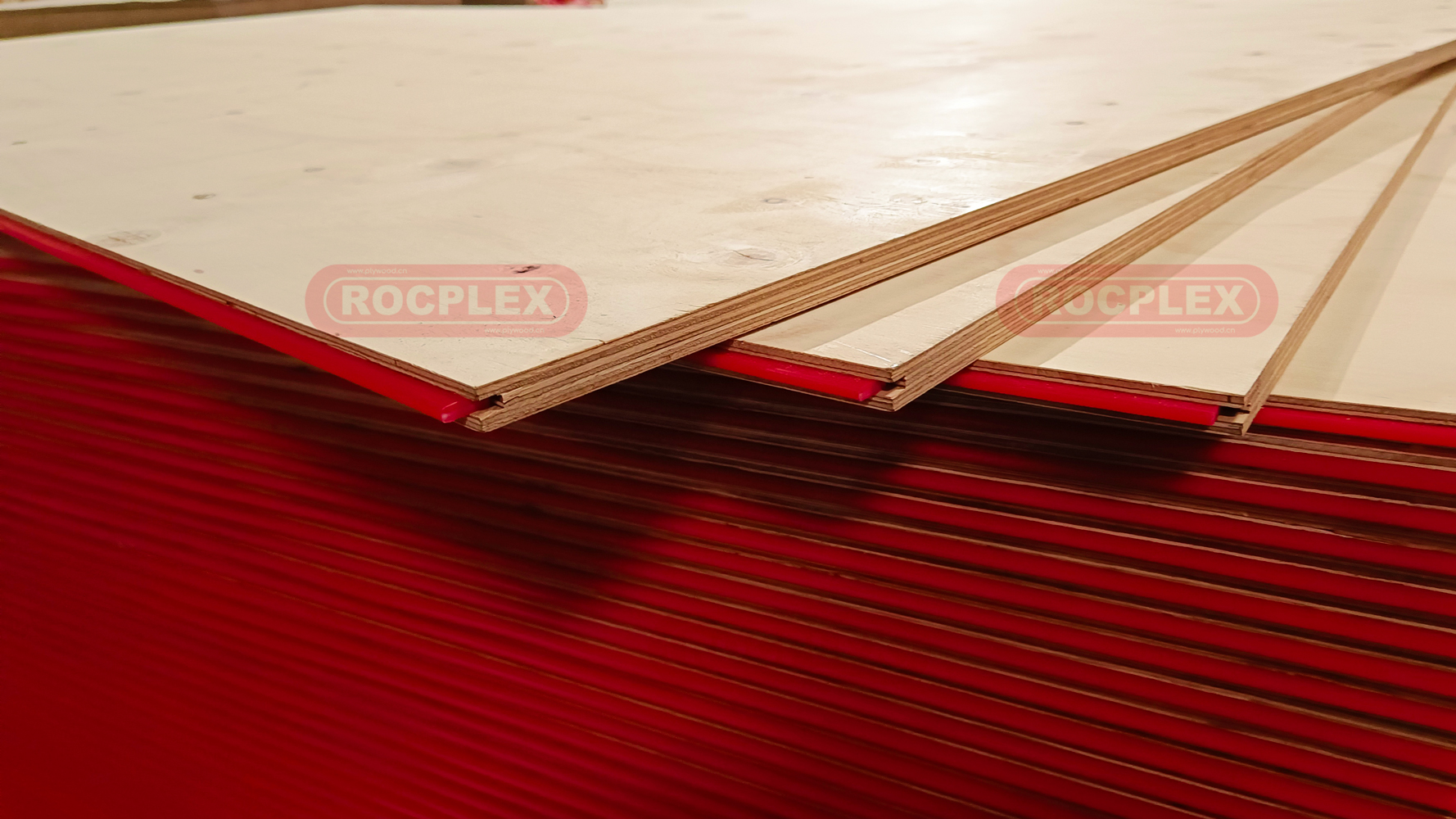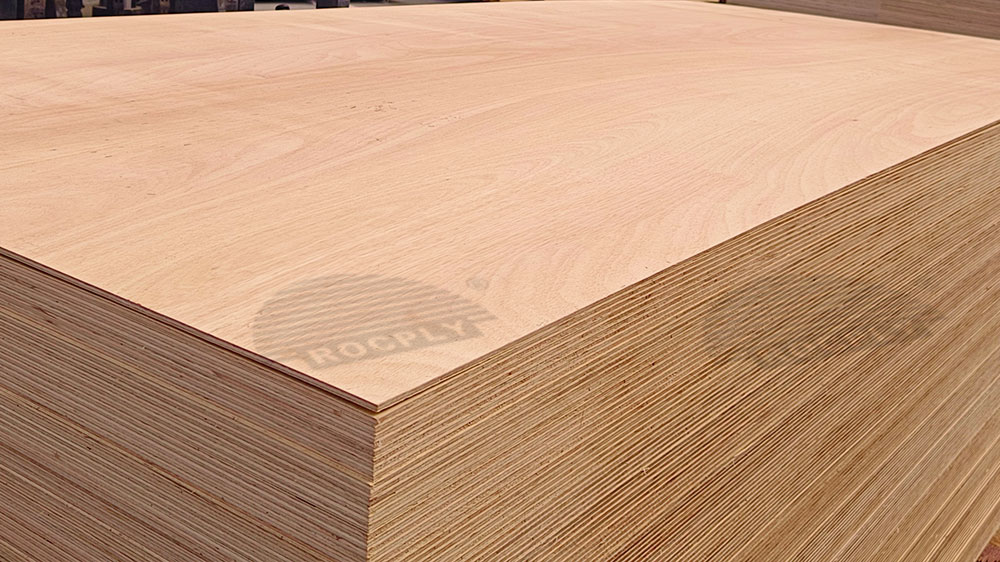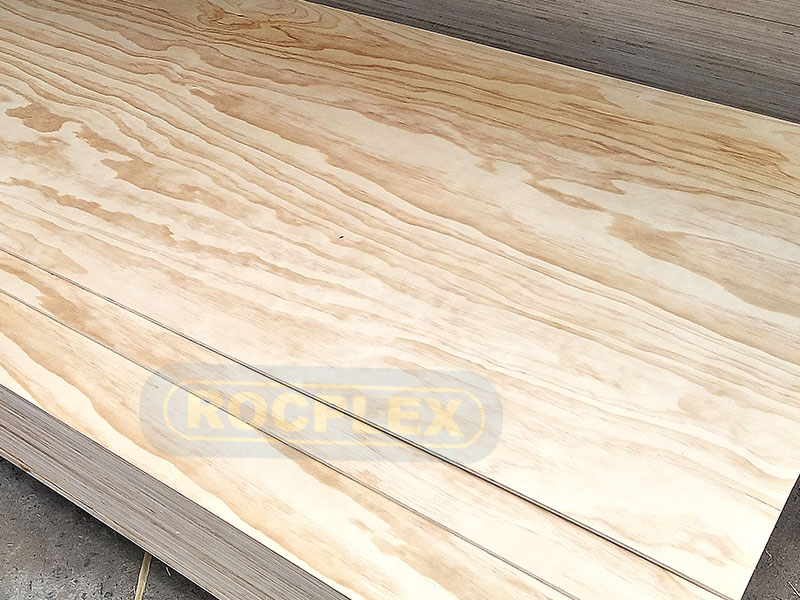What is Plywood Ceiling?
A plywood ceiling is a versatile and stylish option for interior design. Made from thin layers of wood veneer glued together, plywood ceilings offer both aesthetic appeal and practical benefits. Plywood boards used for ceilings can be made from various types of wood, including hardwood plywood and veneer plywood, each offering unique characteristics. Structural plywood and laminated panels are also popular choices, providing durability and design flexibility.
Plywood ceilings have gained popularity due to their warm, natural look and ease of installation. They are suitable for both residential and commercial spaces, adding a touch of elegance and sophistication. Plywood suppliers offer a wide range of options, allowing homeowners and designers to select the perfect finish and style for their projects. Whether you’re looking to create a rustic charm or a modern aesthetic, a plywood ceiling can be the perfect solution.
The Versatility of Plywood Ceilings
Aesthetic Appeal
Plywood ceilings offer unmatched aesthetic appeal. Their natural wood grain adds warmth and character to any room. With various finishes and stains available, plywood can complement any interior design style, from rustic to contemporary.
Customizable Designs
One of the key benefits of plywood ceilings is their customization options. Homeowners can choose from different types of plywood, including veneer plywood and laminated panels, to achieve their desired look. Plywood suppliers provide a range of finishes, allowing for personalized design choices.
Practical Benefits
Beyond aesthetics, plywood ceilings offer practical benefits. They are lightweight yet strong, making them easy to install and handle. Plywood is also an excellent insulator, helping to maintain comfortable indoor temperatures and reduce energy costs.
Durability and Maintenance
Plywood ceilings are durable and require minimal maintenance. Hardwood plywood, in particular, is resistant to wear and tear, ensuring longevity. Regular cleaning and occasional re-staining can keep plywood ceilings looking fresh and new for years.
Cost-Effective Solution
Compared to other ceiling materials, plywood is a cost-effective choice. Its affordability makes it accessible for various budgets, without compromising on quality or appearance. This cost-effectiveness extends to installation, as plywood is easier to work with than many other materials.
Sustainable Choice
Choosing plywood for your ceiling is also an environmentally friendly decision. Many plywood suppliers use sustainable forestry practices, ensuring that the wood is sourced responsibly. Additionally, the manufacturing process for plywood generates less waste compared to other materials.
Applications of Plywood Ceilings
Residential Spaces
In homes, plywood ceilings can transform living spaces, adding a cozy and inviting atmosphere. They are ideal for living rooms, bedrooms, and kitchens, where their natural beauty can be fully appreciated. Plywood ceilings can also be used in bathrooms, provided they are properly sealed to prevent moisture damage.
Commercial Interiors
Plywood ceilings are also popular in commercial interiors. They create a warm and welcoming environment in offices, retail spaces, and restaurants. Their versatility allows for creative design solutions, enhancing the overall aesthetic of commercial spaces.
Public Buildings
In public buildings such as schools, libraries, and community centers, plywood ceilings offer durability and easy maintenance. Their natural appearance helps create a calm and comfortable atmosphere, contributing to the well-being of occupants.
Unique Design Features
Plywood ceilings can be used to create unique design features, such as coffered ceilings or exposed beam designs. These features add architectural interest and can be tailored to fit the specific style of a room.
Choosing the Right Plywood for Ceilings
Types of Plywood
Selecting the right type of plywood is crucial for achieving the desired look and performance. Hardwood plywood is known for its strength and rich appearance, making it suitable for high-traffic areas. Veneer plywood offers a smooth surface, ideal for applying finishes and paints.
Structural Plywood
Structural plywood is designed for load-bearing applications, providing additional strength and support. It is often used in areas where extra durability is required, such as large commercial spaces or public buildings.
Laminated Panels
Laminated panels are another excellent option for ceilings. They offer a sleek, modern look and are available in various finishes. Laminated panels are also easy to clean, making them a practical choice for kitchens and bathrooms.
Finishes and Treatments
The finish and treatment of plywood play a significant role in its performance and appearance. Plywood can be stained, painted, or left natural, depending on the desired aesthetic. Additionally, treatments such as sealing and varnishing can enhance durability and resistance to moisture.
Working with Plywood Suppliers
Partnering with reputable plywood suppliers ensures access to high-quality materials. Suppliers can provide expert advice on the best types of plywood for specific applications and offer customization options to meet unique design needs. Working with trusted suppliers also guarantees that the plywood meets industry standards for quality and sustainability.
Installation and Maintenance of Plywood Ceilings
Installation Process
Installing a plywood ceiling is a straightforward process, particularly when compared to other materials. The lightweight nature of plywood makes it easy to handle, and it can be cut to fit any ceiling size or shape. Basic tools such as saws, drills, and screws are typically all that is needed for installation.
Professional vs. DIY
While professional installation is always an option, many homeowners choose to install plywood ceilings themselves. DIY installation can be a rewarding project and is made easier by the user-friendly properties of plywood. For those less experienced, seeking guidance from professionals or suppliers can ensure a successful installation.
Maintenance Tips
Maintaining a plywood ceiling involves regular cleaning and occasional re-staining or sealing. Dust and dirt can be removed with a soft cloth or vacuum, and stains can be treated with mild cleaners. Re-staining or sealing every few years will help preserve the wood’s natural beauty and protect it from wear.
Addressing Moisture Concerns
In areas with high moisture levels, such as bathrooms and kitchens, it’s important to use moisture-resistant plywood and proper sealing techniques. This will prevent warping and ensure the ceiling remains in good condition. Ventilation and humidity control are also key to maintaining plywood ceilings in these environments.
Innovations in Plywood Ceiling Design
Modern Design Trends
Modern design trends have embraced plywood ceilings for their clean lines and natural appeal. Designers are experimenting with different patterns and finishes, such as herringbone or geometric designs, to create visually striking ceilings. These trends highlight the versatility and aesthetic potential of plywood.
Acoustic Solutions
Plywood ceilings can also be designed to improve acoustics. By incorporating sound-absorbing panels or using specific installation techniques, plywood ceilings can enhance sound quality in rooms, making them ideal for music studios, conference rooms, and theaters.
Integrated Lighting
Integrating lighting into plywood ceilings is another innovative design solution. Recessed lighting, LED strips, and pendant lights can be seamlessly incorporated into the ceiling design, providing both functionality and aesthetic appeal. This integration creates a sleek and modern look, enhancing the overall ambiance of the space.
Sustainable Innovations
Sustainability continues to drive innovation in plywood ceiling design. New treatments and finishes are being developed to further reduce environmental impact. Additionally, advances in manufacturing processes are making it possible to produce high-quality plywood with lower resource consumption.
The Role of Plywood Suppliers in Design
Providing High-Quality Materials
Plywood suppliers play a crucial role in the design and implementation of plywood ceilings. They provide high-quality materials that meet industry standards, ensuring durability and performance. Suppliers also offer a variety of plywood types and finishes, allowing for greater design flexibility.
Customization Services
Many plywood suppliers offer customization services, enabling designers and homeowners to achieve their specific vision. This can include custom cutting, finishing, and staining to match the desired aesthetic. These services ensure that the final product is tailored to the unique requirements of each project.
Expert Advice and Support
Suppliers provide expert advice and support throughout the design and installation process. Their knowledge of plywood properties and applications helps guide customers in making informed decisions. This support is invaluable in ensuring the success of plywood ceiling projects.
Innovation and Collaboration
Leading plywood suppliers are at the forefront of innovation in the industry. They collaborate with designers and architects to develop new products and solutions, pushing the boundaries of what is possible with plywood ceilings. This collaboration fosters creativity and results in cutting-edge design solutions.
Case Studies: Successful Plywood Ceiling Projects
Residential Transformations
Many residential projects have successfully incorporated plywood ceilings. These case studies highlight how plywood can transform living spaces, adding warmth and character. Homeowners often choose plywood ceilings for their living rooms, bedrooms, and kitchens, where the natural beauty of wood is most appreciated.
Commercial Success Stories
In commercial settings, plywood ceilings have been used to create welcoming and stylish environments. Retail spaces, offices, and restaurants have all benefited from the aesthetic and practical advantages of plywood ceilings. These case studies demonstrate the versatility and appeal of plywood in various commercial applications.
Public Building Innovations
Public buildings such as schools, libraries, and community centers have also embraced plywood ceilings. The durability and low maintenance requirements make plywood an ideal choice for these high-traffic environments. These projects showcase the potential of plywood ceilings to enhance both the functionality and appearance of public spaces.
Design Excellence
Innovative designs using plywood ceilings have received recognition for their excellence. Architects and designers have been praised for their creative use of plywood, resulting in unique and visually stunning interiors. These award-winning projects serve as inspiration for future plywood ceiling designs.
FAQs: Understanding Plywood Ceilings
Can you use plywood as a ceiling?
Yes, plywood is an excellent choice for ceilings. Its strength, durability, and aesthetic appeal make it suitable for various interior design styles. Plywood ceilings are easy to install, maintain, and customize, providing both functional and decorative benefits.
Is plywood ceiling expensive?
Plywood ceilings are generally cost-effective compared to other ceiling materials. The affordability of plywood, combined with its ease of installation, makes it a budget-friendly option for both residential and commercial spaces. Costs can vary based on the type of plywood and finishes used.
What type of plywood is best for a ceiling?
Hardwood plywood and veneer plywood are popular choices for ceilings due to their strength and smooth finishes. Structural plywood is ideal for applications requiring additional support. Laminated panels offer a sleek, modern look and are easy to clean, making them suitable for kitchens and bathrooms.
How thick plywood for a ceiling?
The thickness of plywood used for ceilings typically ranges from 6mm to 12mm. Thicker plywood, such as 12mm, provides additional strength and durability, making it suitable for larger spaces and areas with higher structural demands.
Is wood ceiling a good idea?
A wood ceiling, including plywood, is a great idea for adding warmth and character to a space. It enhances the aesthetic appeal and can be tailored to various design preferences. Wood ceilings also offer practical benefits, such as improved insulation and acoustic properties.
What is the cheapest way to do a ceiling?
Using plywood is one of the most cost-effective ways to install a ceiling. It is affordable, easy to work with, and versatile. Plywood can be installed as plain panels or enhanced with finishes and treatments to achieve the desired look without breaking the budget.
Benefits of Plywood Ceilings
Enhanced Aesthetic Appeal
Plywood ceilings add a natural, warm look to interiors. The wood grain and variety of finishes available allow for creative and personalized design choices. Whether aiming for a rustic charm or a sleek modern aesthetic, plywood ceilings can achieve the desired effect.
Natural Beauty
The inherent beauty of wood makes plywood ceilings visually appealing. Different types of wood, such as hardwood plywood, offer unique grains and textures, enhancing the overall look of the space. This natural beauty can elevate the ambiance of any room.
Practical Advantages
Plywood ceilings offer several practical advantages, making them a preferred choice for many applications. They are lightweight yet strong, easy to install, and provide excellent insulation properties. These practical benefits make plywood ceilings both functional and aesthetically pleasing.
Improved Insulation
Plywood acts as an excellent insulator, helping to maintain comfortable indoor temperatures. This can lead to energy savings by reducing the need for heating and cooling. The insulation properties of plywood make it a practical choice for both residential and commercial buildings.
Durability and Maintenance
Plywood ceilings are known for their durability and low maintenance requirements. Hardwood plywood, in particular, is resistant to wear and tear, ensuring long-lasting performance. Regular cleaning and occasional re-staining can keep plywood ceilings looking new for years.
Resistance to Moisture
When properly sealed, plywood ceilings can resist moisture, making them suitable for use in kitchens and bathrooms. This resistance helps prevent warping and ensures the ceiling remains in good condition, even in high-humidity environments.
Cost-Effective Solution
Compared to other ceiling materials, plywood is a cost-effective option. It offers high quality and aesthetic appeal without a high price tag. The affordability of plywood extends to both material and installation costs, making it an attractive choice for budget-conscious projects.
Installation Efficiency
Plywood is easy to handle and install, reducing labor time and costs. Its lightweight nature allows for quick and efficient installation, whether done by professionals or DIY enthusiasts. This efficiency makes plywood ceilings a practical choice for various projects.
Environmentally Friendly
Plywood is an environmentally friendly option for ceilings. Many plywood suppliers source their wood from sustainably managed forests, ensuring responsible forestry practices. Additionally, the manufacturing process for plywood generates less waste compared to other materials, further enhancing its eco-friendly credentials.
Sustainable Practices
Choosing plywood supports sustainable practices in the building industry. Responsible sourcing and eco-friendly manufacturing processes contribute to the preservation of forests and reduce the environmental impact of construction projects.
Innovations in Plywood Ceiling Design
Modern Design Trends
Plywood ceilings have become a key element in modern interior design. Designers are experimenting with various patterns, finishes, and installation techniques to create unique and visually appealing ceilings. These trends showcase the versatility and potential of plywood as a design material.
Creative Patterns
Innovative patterns, such as herringbone, chevron, and geometric designs, are being used to add visual interest to plywood ceilings. These patterns can be achieved through different installation methods and finishes, allowing for a customized look that enhances the overall design of a room.
Acoustic Solutions
Plywood ceilings can be designed to improve the acoustics of a space. Sound-absorbing panels or specific installation techniques can reduce noise levels and enhance sound quality. This makes plywood ceilings ideal for music studios, conference rooms, and other areas where acoustics are important.
Integrated Lighting
Integrating lighting into plywood ceilings is a popular design trend. Recessed lighting, LED strips, and pendant lights can be seamlessly incorporated into the ceiling, providing both functional and aesthetic benefits. This integration creates a sleek, modern look and enhances the overall ambiance of the space.
Sustainable Innovations
Sustainability continues to drive innovation in plywood ceiling design. New treatments and finishes are being developed to further reduce the environmental impact of plywood. Advances in manufacturing processes are also making it possible to produce high-quality plywood with lower resource consumption.
Eco-Friendly Finishes
Eco-friendly finishes and treatments are becoming more common in plywood production. These finishes enhance the durability and appearance of plywood while minimizing environmental impact. Using sustainable finishes ensures that plywood ceilings remain an eco-friendly choice for interior design.
The Role of Plywood Suppliers in Design
Providing High-Quality Materials
Plywood suppliers play a crucial role in the success of plywood ceiling projects. They provide high-quality materials that meet industry standards, ensuring durability and performance. Suppliers offer a variety of plywood types and finishes, allowing for greater design flexibility.
Customization Services
Many plywood suppliers offer customization services to meet the specific needs of designers and homeowners. Custom cutting, finishing, and staining services ensure that the plywood matches the desired aesthetic and fits perfectly into the project. These services enhance the overall quality and satisfaction of the final product.
Expert Advice and Support
Plywood suppliers provide expert advice and support throughout the design and installation process. Their knowledge of plywood properties and applications helps guide customers in making informed decisions. This support is invaluable in ensuring the success of plywood ceiling projects.
Innovation and Collaboration
Leading plywood suppliers are at the forefront of innovation in the industry. They collaborate with designers and architects to develop new products and solutions, pushing the boundaries of what is possible with plywood ceilings. This collaboration fosters creativity and results in cutting-edge design solutions.
Sustainable Sourcing
Responsible plywood suppliers prioritize sustainable sourcing practices. They ensure that the wood used in their products comes from sustainably managed forests, supporting environmental conservation and reducing the ecological footprint of their operations.
Case Studies: Successful Plywood Ceiling Projects
Residential Transformations
Numerous residential projects have successfully incorporated plywood ceilings, transforming living spaces with their natural beauty and practicality. These case studies highlight how plywood can enhance the aesthetic appeal and functionality of homes. Homeowners often choose plywood ceilings for their living rooms, bedrooms, and kitchens, where the natural warmth of wood can be fully appreciated.
Commercial Success Stories
In commercial settings, plywood ceilings have been used to create stylish and welcoming environments. Retail spaces, offices, and restaurants have all benefited from the aesthetic and practical advantages of plywood ceilings. These case studies demonstrate the versatility and appeal of plywood in various commercial applications.
Public Building Innovations
Public buildings such as schools, libraries, and community centers have also embraced plywood ceilings. The durability and low maintenance requirements make plywood an ideal choice for these high-traffic environments. These projects showcase the potential of plywood ceilings to enhance both the functionality and appearance of public spaces.
Design Excellence
Innovative designs using plywood ceilings have received recognition for their excellence. Architects and designers have been praised for their creative use of plywood, resulting in unique and visually stunning interiors. These award-winning projects serve as inspiration for future plywood ceiling designs.
The Future of Plywood Ceilings
Increasing Popularity
The popularity of plywood ceilings is expected to continue growing. As more homeowners and designers recognize the benefits of plywood, its use in interior design will likely expand. The versatility, affordability, and aesthetic appeal of plywood make it a compelling choice for various applications.
Technological Advancements
Technological advancements in plywood production and installation will further enhance the quality and performance of plywood ceilings. Innovations in manufacturing processes, adhesive technology, and finishing techniques will result in even better products, meeting the evolving needs of the market.
Sustainable Practices
Sustainability will remain a key focus in the future of plywood ceilings. Continued efforts to reduce environmental impact, such as using recycled materials and improving energy efficiency in production, will make plywood an even more sustainable choice. Consumers’ growing preference for eco-friendly products will drive demand for sustainably sourced plywood.
Design Innovations
Design innovations will continue to push the boundaries of what is possible with plywood ceilings. Creative patterns, integrated lighting, and acoustic solutions will become more prevalent, offering new and exciting possibilities for interior design. These innovations will ensure that plywood ceilings remain a popular and stylish choice.
Plywood Ceiling: A Stylish and Practical Choice:
Plywood ceilings offer a blend of aesthetic appeal, practical benefits, and sustainability. They are a versatile and cost-effective choice for various interior design applications, from residential homes to commercial and public buildings. As plywood suppliers continue to innovate and prioritize sustainability, the future of plywood ceilings looks bright, promising even greater benefits and possibilities for designers and homeowners alike.
Post time: May-25-2024




